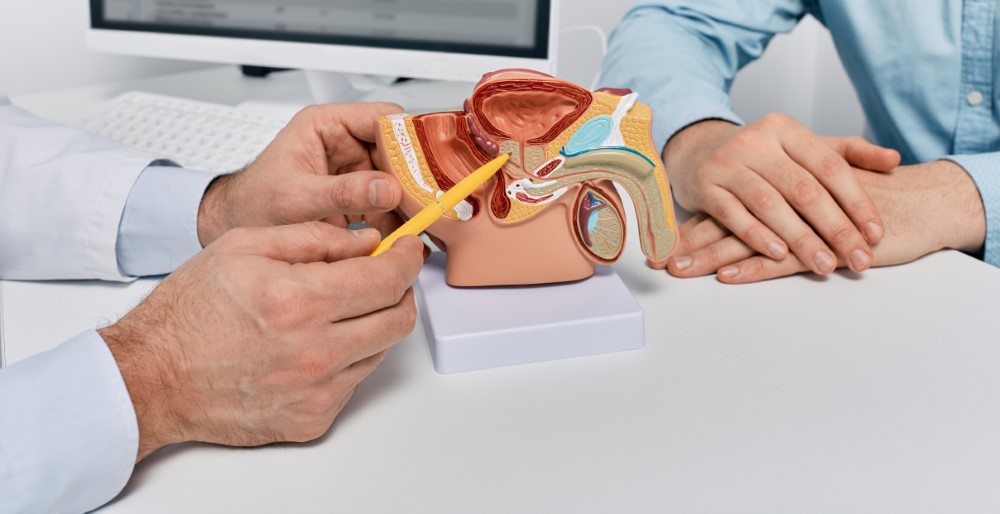
Understanding Abortion: Types, Procedures, Medications, Side Effects, and Recovery
Abortion is a medical procedure that ends a pregnancy. In the United States, abortion is a common experience, with approximately 18% of pregnancies (excluding miscarriages) ending in abortion. Understanding the different types of abortion, the procedures involved, medications used, potential side effects, and recovery techniques is crucial for anyone considering or supporting someone through the process. This comprehensive article aims to provide detailed information on all these aspects.
Introduction
Abortion is a highly debated topic with significant social, political, and personal implications. Despite differing opinions, it is essential to provide clear, factual information to those who seek it. In 2020, the Guttmacher Institute reported that 930,160 abortions were performed in the United States, representing 14.4 abortions per 1,000 women aged 15-44. These statistics highlight the importance of understanding abortion as a medical and personal issue.
How to Check if You’re Pregnant
Before considering an abortion, it is essential to confirm pregnancy. Here are the common methods:
Home Pregnancy Tests
Home pregnancy tests are widely available and can be purchased over-the-counter at pharmacies. These tests detect the presence of human chorionic gonadotropin (hCG) in the urine, a hormone produced during pregnancy. For best results, take the test one week after a missed period.
Clinical Pregnancy Tests
Clinical pregnancy tests, performed by healthcare providers, are more accurate than home tests. They involve either a urine test or a blood test to detect hCG. Blood tests can detect pregnancy earlier than urine tests and measure the exact amount of hCG in the blood.
Ultrasound
An ultrasound can confirm pregnancy and determine how far along it is. This imaging technique uses sound waves to create a picture of the fetus. Ultrasounds are typically done after 6 weeks of pregnancy.
Types of Abortion
There are two main types of abortion: medical abortion and surgical abortion. The choice between them depends on the pregnancy's gestational age, the woman's health, and personal preferences.
Medical Abortion
Medical abortion involves taking medications to end a pregnancy. It is most effective in the first 10 weeks of pregnancy.
Medications Used
- Mifepristone (RU-486): This medication blocks the hormone progesterone, necessary for pregnancy continuation. It is usually taken first.
- Misoprostol (Cytotec): Taken 24-48 hours after mifepristone, misoprostol induces uterine contractions to expel the pregnancy.
Procedure
- Consultation: A healthcare provider confirms the pregnancy and explains the procedure.
- Medication Administration: The woman takes mifepristone at the clinic or at home, followed by misoprostol 24-48 hours later.
- Follow-Up: A follow-up visit ensures the abortion is complete and addresses any complications.
Surgical Abortion
Surgical abortion is a procedure that removes the pregnancy from the uterus. It is typically used after 10 weeks of pregnancy.
Types of Surgical Abortion
- Aspiration (Vacuum) Abortion: This procedure is most common in the first trimester (up to 16 weeks). It involves suctioning the contents of the uterus.
- Dilation and Evacuation (D&E): Used after 16 weeks, D&E combines suction and surgical instruments to empty the uterus.
- Dilation and Curettage (D&C): This procedure involves dilating the cervix and scraping the uterine lining with a curette. It is less common for elective abortions but may be used if other methods are incomplete.
Procedure
- Consultation: A healthcare provider confirms the pregnancy and discusses the procedure.
- Preparation: Cervical dilation is achieved using medication or dilators.
- Procedure: The provider removes the pregnancy using suction, instruments, or a combination of both.
- Recovery: Observation in the clinic ensures no immediate complications.
Possible Side Effects of Abortion
Both medical and surgical abortions can have side effects. These vary depending on the type of abortion and the individual's health.
Medical Abortion Side Effects
- Bleeding and Cramping: Heavy bleeding and cramping are common as the uterus expels the pregnancy.
- Nausea and Vomiting: Some women experience nausea, vomiting, or diarrhea after taking misoprostol.
- Fever and Chills: These symptoms can occur but should be monitored, as they may indicate infection.
Surgical Abortion Side Effects
- Bleeding and Cramping: Some bleeding and cramping are expected but should gradually decrease.
- Infection: There is a risk of infection, which can be minimized with proper post-procedure care.
- Damage to the Uterus or Cervix: Rarely, surgical instruments can cause injury to the uterus or cervix.
Recovery Techniques After Abortion
Recovery after an abortion is crucial for physical and emotional well-being. Here are some tips:
Physical Recovery
- Rest: Adequate rest is essential in the days following the procedure.
- Pain Management: Over-the-counter pain relievers like ibuprofen can help manage cramping and discomfort.
- Hygiene: Keeping the genital area clean and avoiding tampons and sexual intercourse for at least two weeks can prevent infection.
- Follow-Up: Attend any scheduled follow-up appointments to ensure complete recovery and address any concerns.
Emotional Recovery
- Support System: Lean on friends, family, or support groups for emotional support.
- Counseling: Professional counseling can help process any feelings of guilt, sadness, or relief.
- Self-Care: Engage in activities that promote relaxation and well-being, such as exercise, hobbies, and mindfulness practices.
Conclusion
Abortion is a common medical procedure that can be emotionally and physically challenging. Understanding the types of abortion, the procedures involved, medications used, potential side effects, and recovery techniques can help individuals make informed decisions and manage the process effectively. Whether considering a medical or surgical abortion, it is crucial to consult with healthcare providers to ensure the procedure is safe and appropriate for one's health and circumstances. Emotional support, both professional and personal, can also play a significant role in recovery. By providing comprehensive and accurate information, we can support those facing difficult decisions about their pregnancies.



